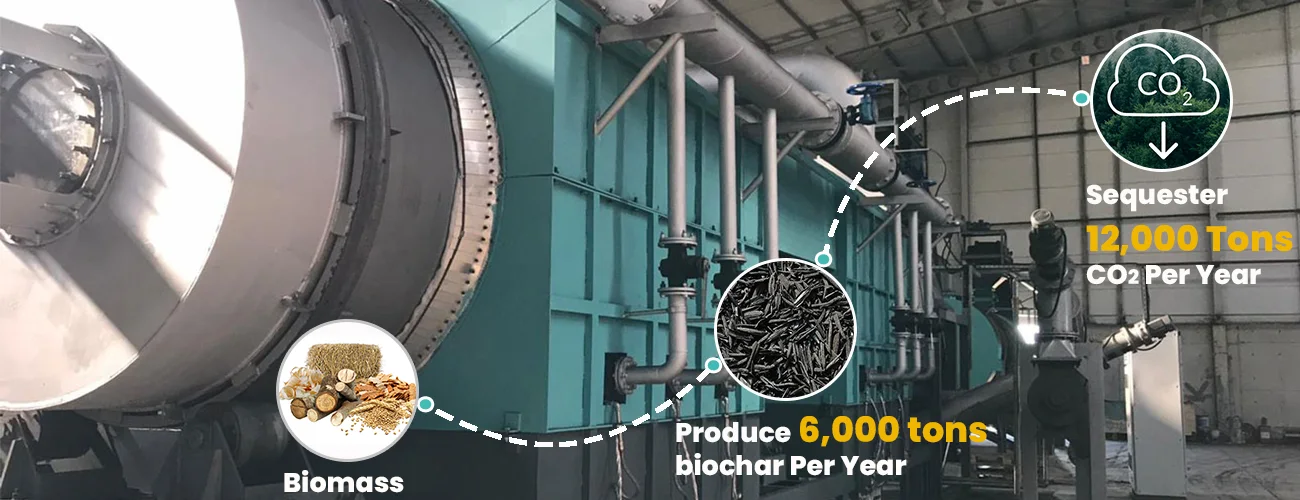The apple tray machine has undergone significant technological advancements to enhance production efficiency, reduce energy consumption, and improve the quality of molded pulp trays. As industries prioritize sustainable packaging solutions, manufacturers have focused on optimizing automation, material utilization, and drying efficiency to meet growing market demands. Recent innovations have transformed traditional apple tray production into a highly streamlined and resource-efficient process.
1. Enhanced Pulping and Material Utilization
The foundation of any apple tray machine lies in its pulping system, where waste paper is converted into a moldable slurry. Modern machines now incorporate high-efficiency hydraulic pulpers that accelerate fiber breakdown while consuming less energy. Improved screening mechanisms eliminate impurities more effectively, ensuring a consistent fiber composition that enhances tray durability.
Additionally, advanced pulp consistency control systems regulate water-to-fiber ratios in real time. This innovation reduces material waste and optimizes the structural integrity of the final product. By refining pulp utilization, manufacturers can lower operational costs while maintaining high-quality tray production.
2. Precision Molding for Structural Integrity
The molding process plays a pivotal role in determining tray strength, shape accuracy, and production speed. Recent advancements in mold design now allow for higher precision and faster formation cycles. CNC-machined aluminum molds have replaced traditional cast molds, providing superior dimensional accuracy and extended lifespan.
Vacuum-assisted forming technology has also been integrated into many pulp molding plants, ensuring uniform pulp distribution across each cavity. This results in enhanced tray strength and reduced material waste, particularly crucial for supporting fragile fruit during storage and transportation.
3. Intelligent Drying Systems for Energy Efficiency
The drying phase significantly influences both energy consumption and final product quality. Traditional drying methods required extensive fuel input, making them costly and less sustainable. However, modern apple tray machines now feature intelligent drying technologies that optimize heat utilization.
- Multi-layer metal drying systems improve heat transfer efficiency by using a compact conveyor design that maximizes surface area exposure.
- Closed-loop heat recovery systems capture and redistribute thermal energy, reducing overall fuel consumption.
- Hybrid drying technology, combining infrared and convection drying, accelerates moisture removal while minimizing warping and deformation.
These innovations allow manufacturers to lower energy expenditures and increase production throughput, making operations more cost-effective and environmentally responsible.
4. Automation and Smart Control Integration
The incorporation of PLC (Programmable Logic Controller) systems has revolutionized machine efficiency. Automation reduces manual intervention, ensuring consistent output quality and operational stability. Advanced models feature:
- Automated mold cleaning and maintenance alerts, reducing downtime.
- Real-time monitoring systems, enabling operators to track production parameters and adjust settings dynamically.
- Remote diagnostic capabilities, allowing manufacturers to troubleshoot and optimize performance remotely.
By integrating smart control technology, the latest apple tray machines deliver higher productivity with minimal resource wastage.
Conclusion
Advancements in pulping efficiency, precision molding, intelligent drying, and automation have significantly improved the performance, sustainability, and cost-effectiveness of the modern apple tray machine. These innovations enable manufacturers to meet increasing market demands while maintaining high production efficiency and environmental responsibility.



No comments:
Post a Comment